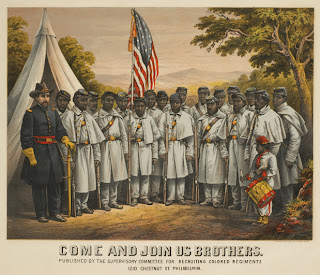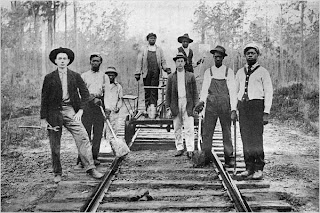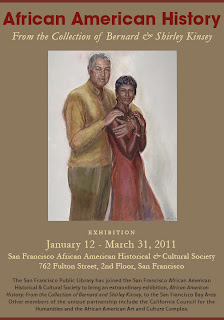When queried about what the face of AIDS looks like, most folks might still answer by falling back on the decades old trope of the emaciated and dying gay male. This image came to life in the early 1990's with a image printed in Life Magazine of a dying male surrounded by his family. This image became the face of AIDS, a face that has morphed and changed many times over the years since.
Over the years AIDS has changed from being what was once thought of as a white, gay man's disease, to a disease that has heavily hit women, and now black men. According to the CDC:
"African Americans face the most severe burden of HIV of all racial/ethnic groups in the United States (US). Despite representing only 14% of the US population in 2009, African Americans accounted for 44% of all new HIV infections in that year. Compared with members of other races and ethnicities, African Americans account for a higher proportion of HIV infections at all stages of disease—from new infections to deaths."
But according to UNICEF, AIDS now has a new look, "[c]hildren," says the organization, "are the missing face of AIDS."
This year, for World AIDS Day, the African American Center turns it's focus to the thousands of children left orphaned due to the death of their parent(s) from AIDS. AIDS orphans as they are refered to, are a population that is constantly growing; "every day, almost 1,800 children under 15 become HIV-positive and 1,400 die of AIDS-related illness. Daily, more than 6,000 young people aged 15-24 acquire the virus."
It has been estimated that worldwide upward to 16 million children under 18 have been orphaned by AIDS. About 15 million of these children live in sub-Saharan Africa. Startling numbers. In some areas whole generations of children have been orphaned. While in Africa, I had the chance to visit an orphanage in Ghana, where although not all the kids were orphaned, some were and the life and joy in these kids eyes burned brightly. Here is a face of AIDS that should move and stimulate the reader to learn more about this crisis, not only as it affects Africa, but juveniles worldwide. Here are some resources for further reading.
 |
| copyright S. Shaw |
Taking Away The Distance-a young orphans journey and the AIDS epidemic in Africa
362.1969 R7394t
Never Give Up- vignettes from Sub-Saharan Africa in the age of AIDS
362.1969 W7267n
28: stories of AIDS in Africa
362.1969 N717t
Children of AIDS- Africa's orphan crisis
362.7309 G938c
Face to Face- children of the AIDS crisis in Africa
362.7309 An224f
The Price of Stones
372.1826 K1199p
Our Storiesm our songs: African children talk about AIDS
J362.1969 Elli















